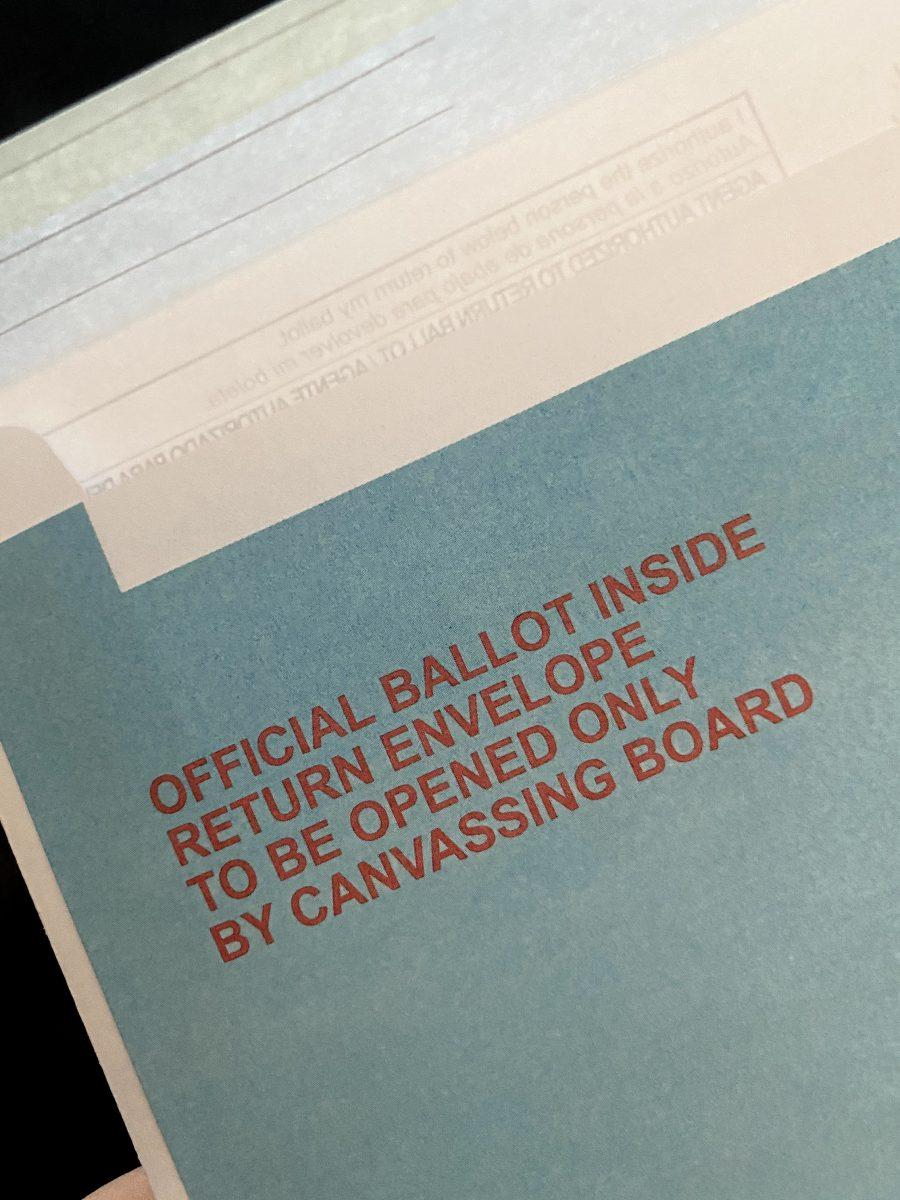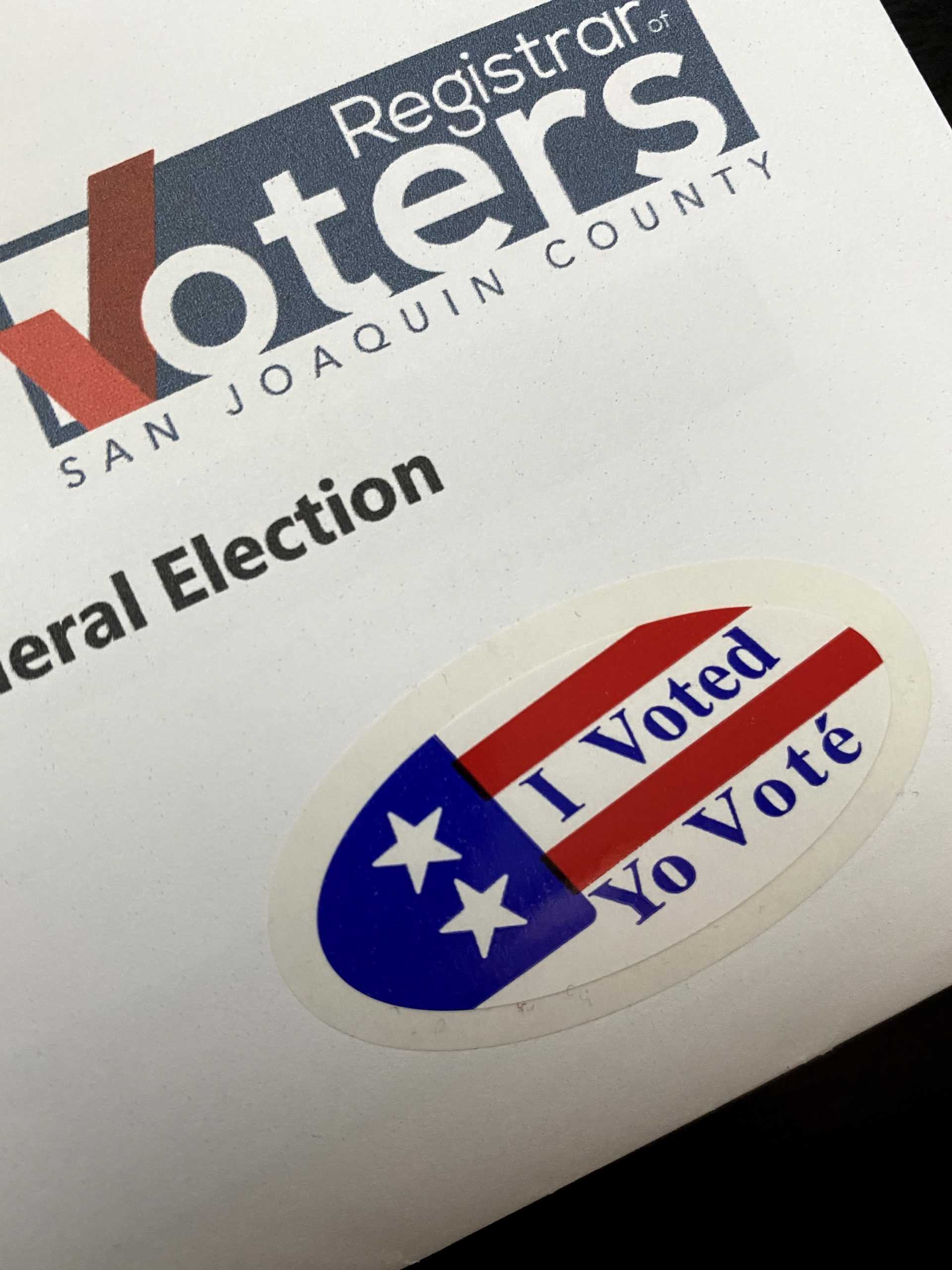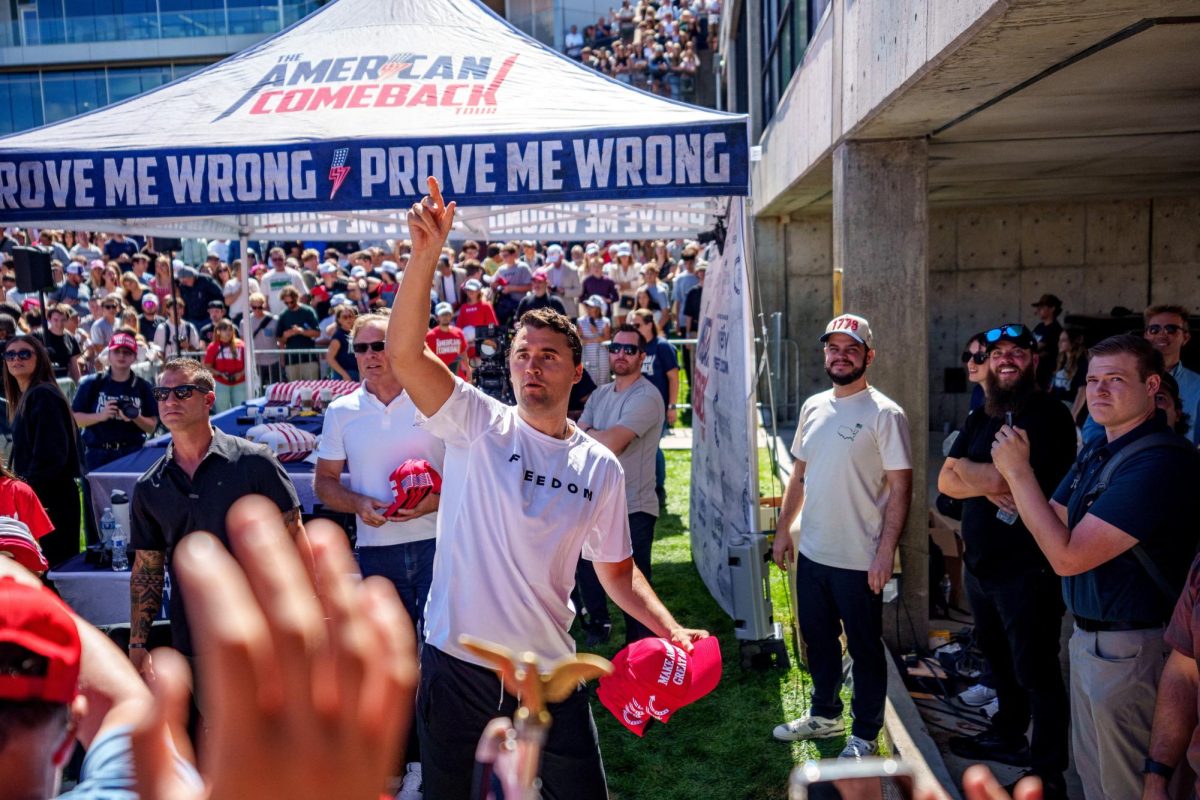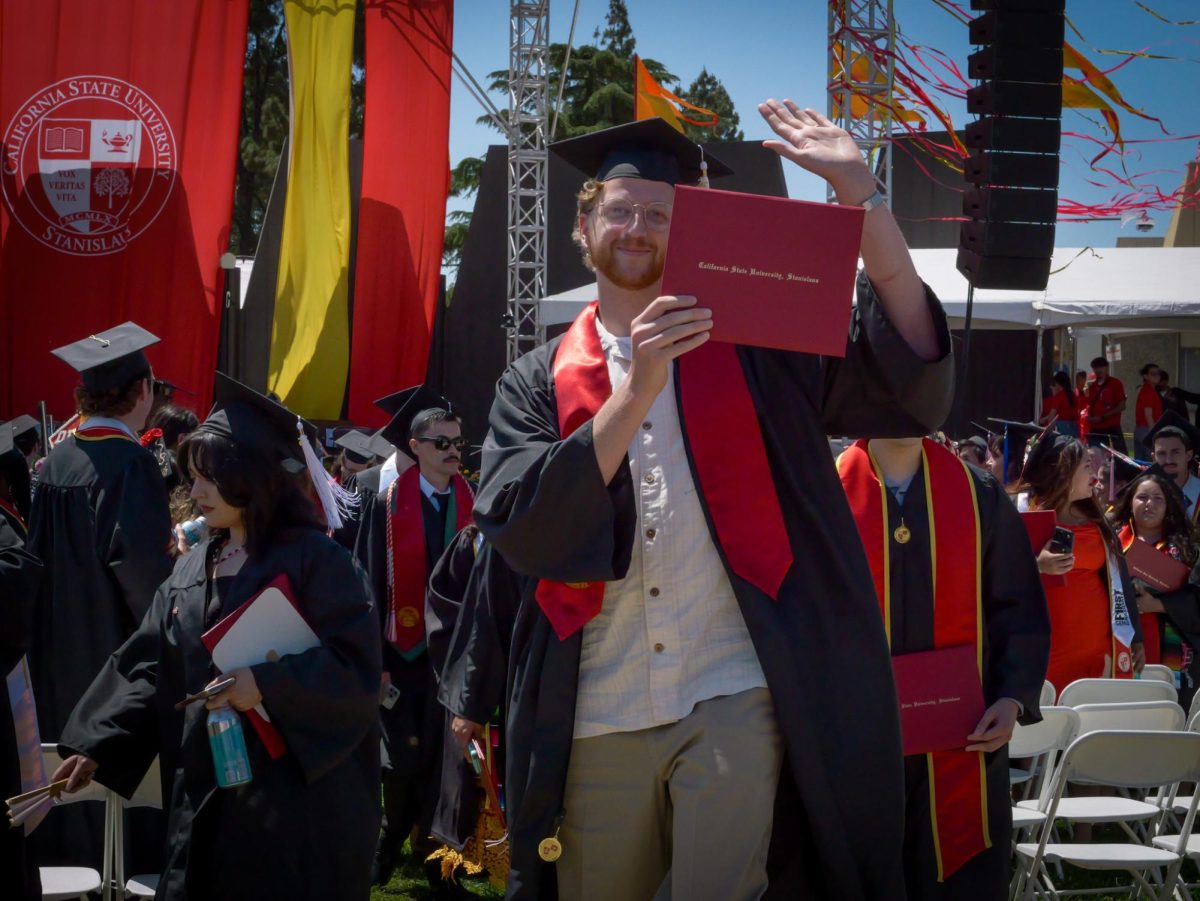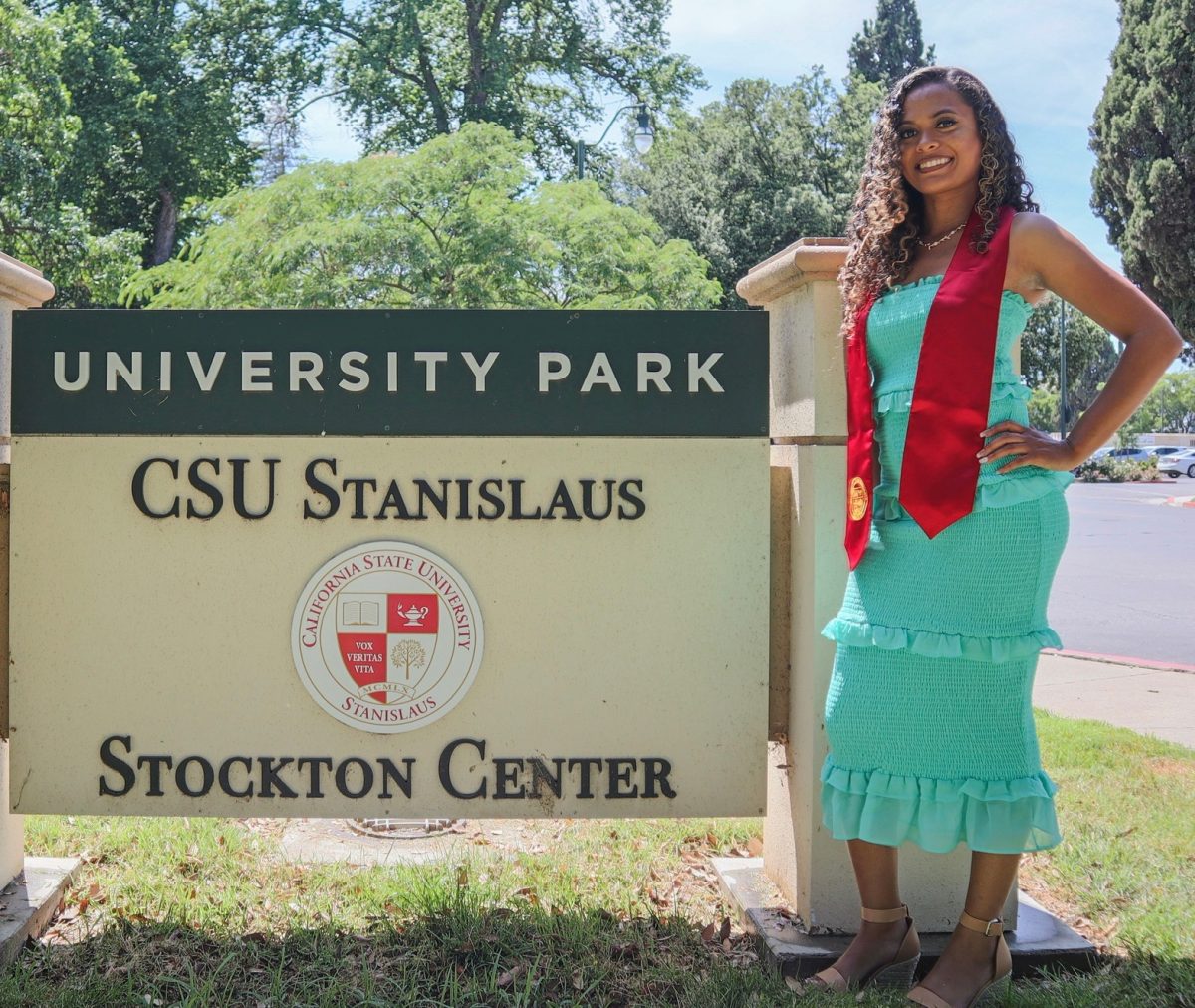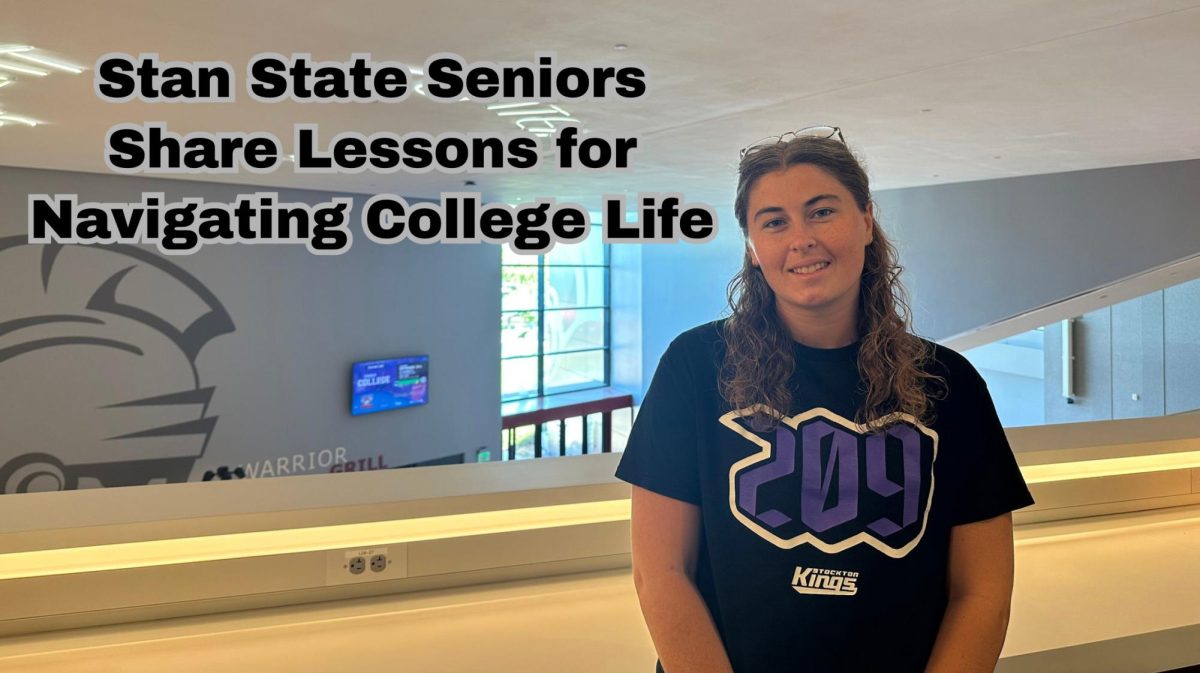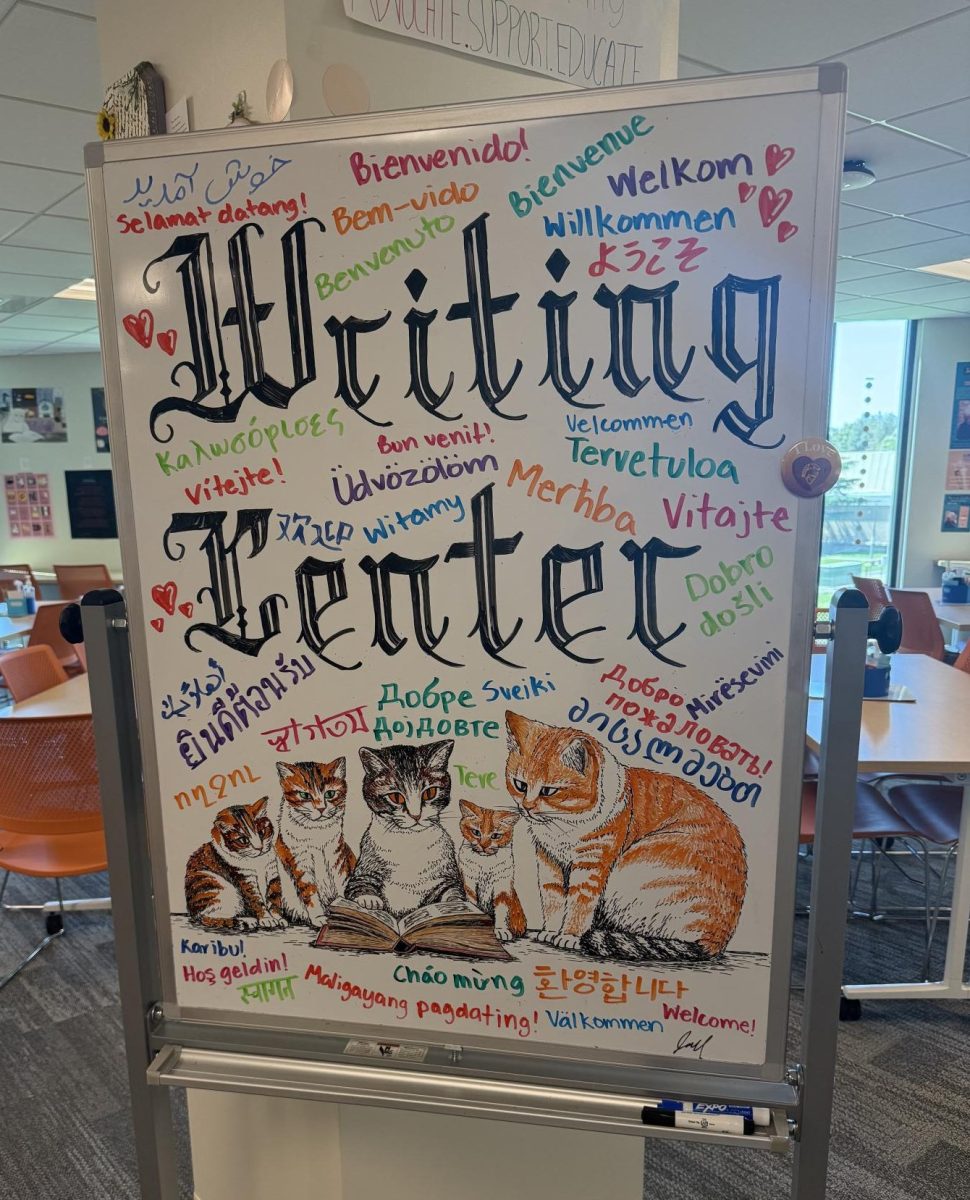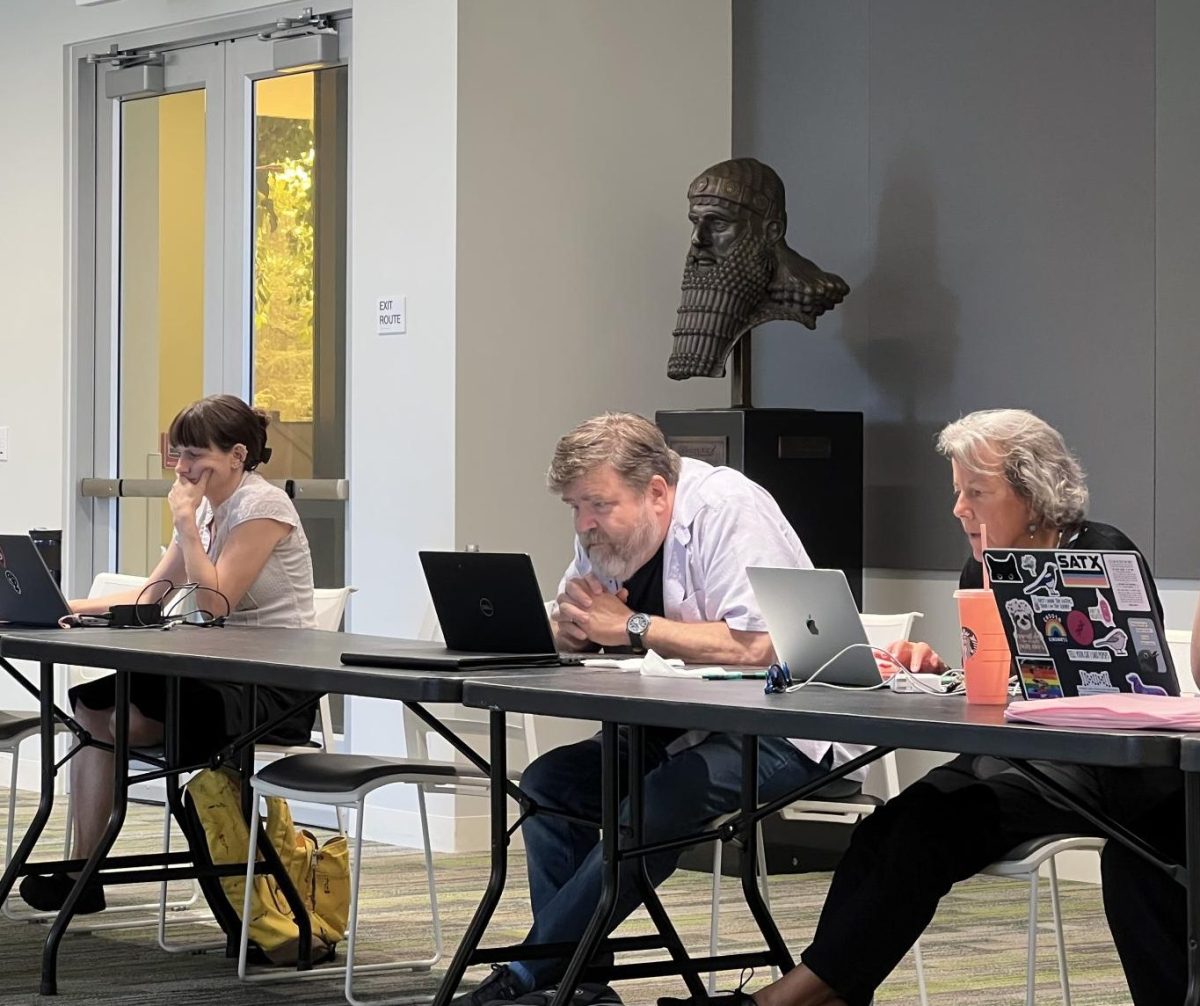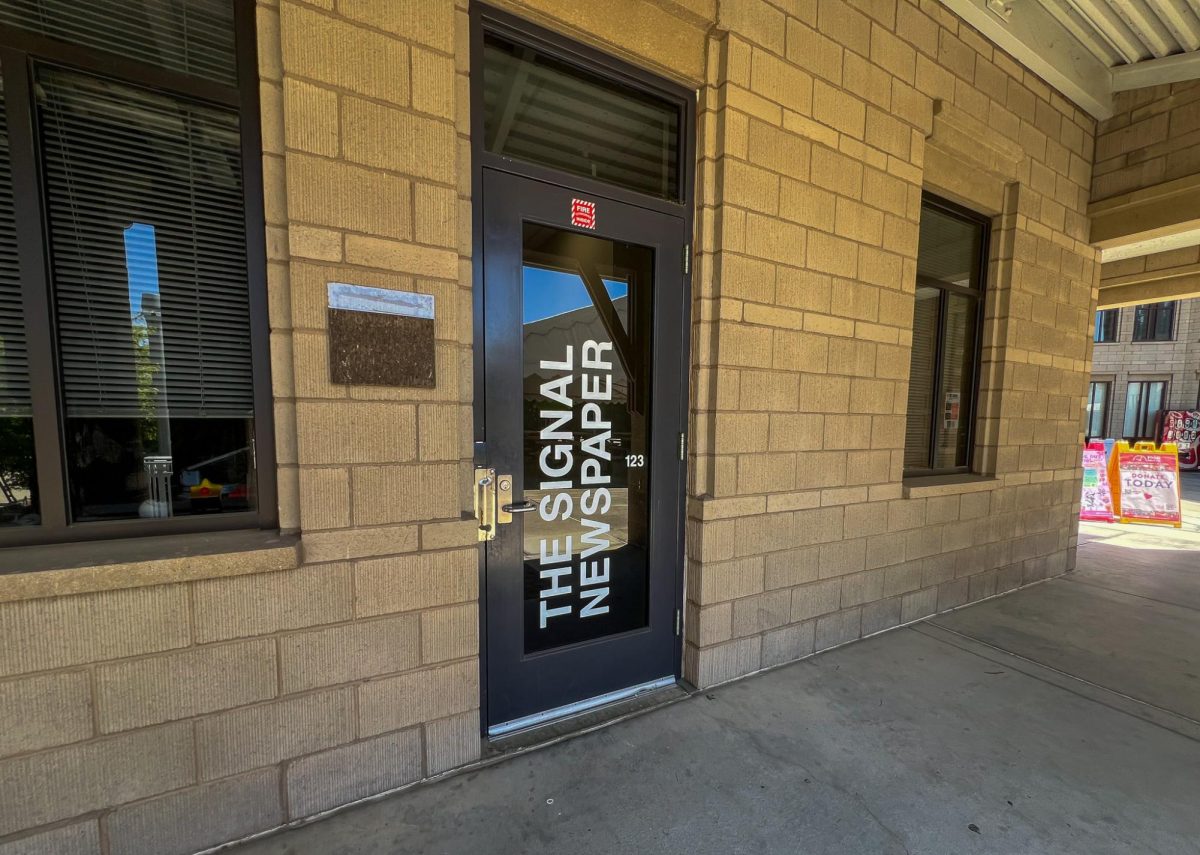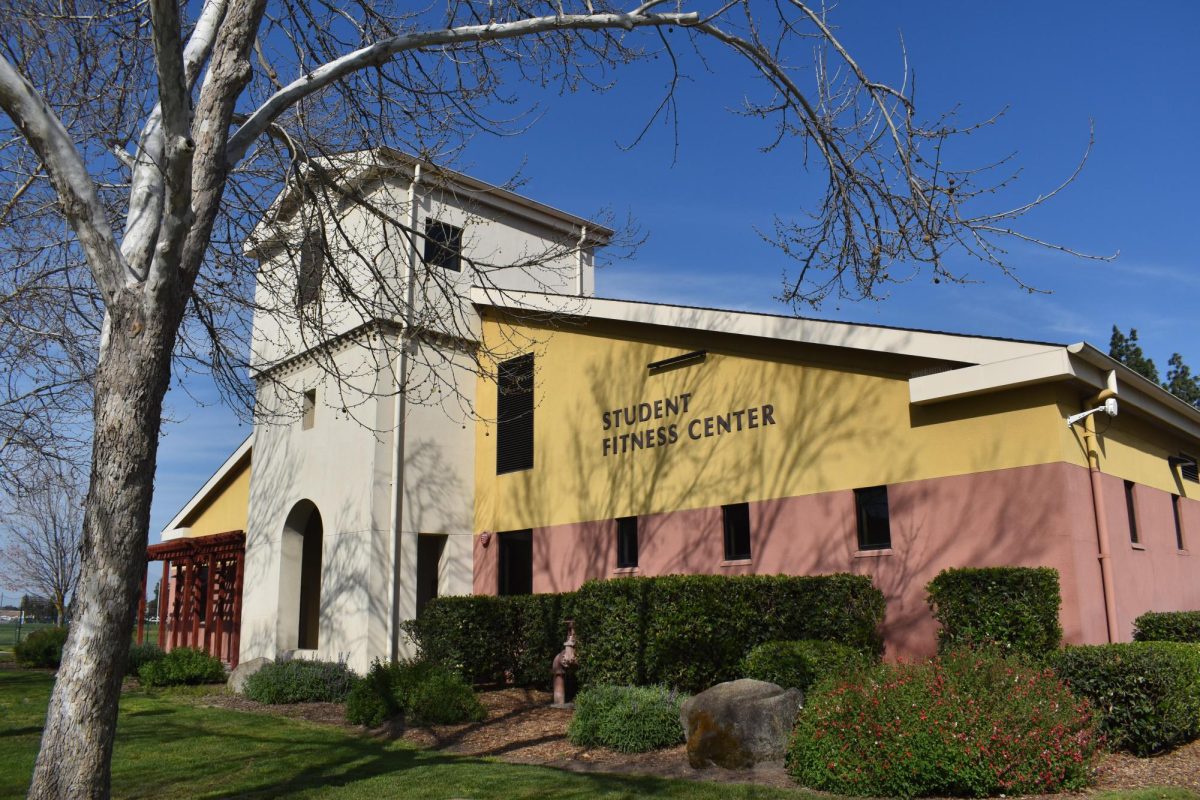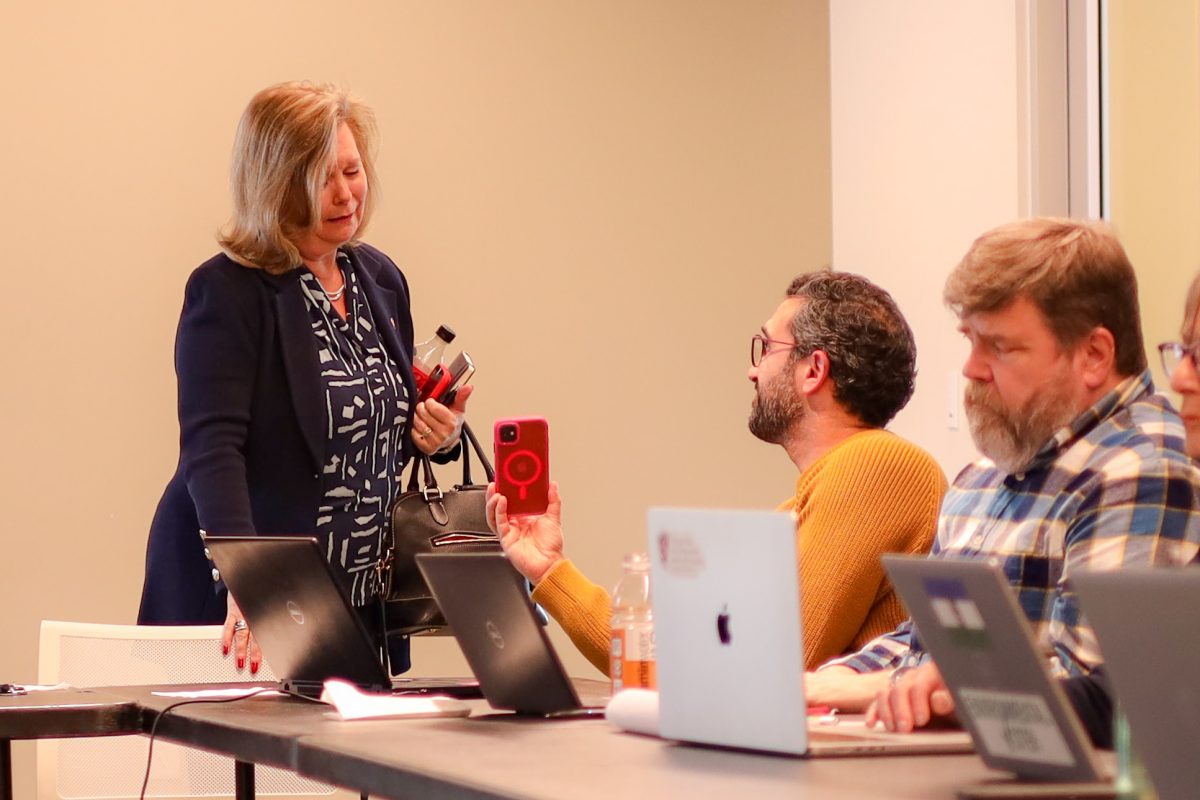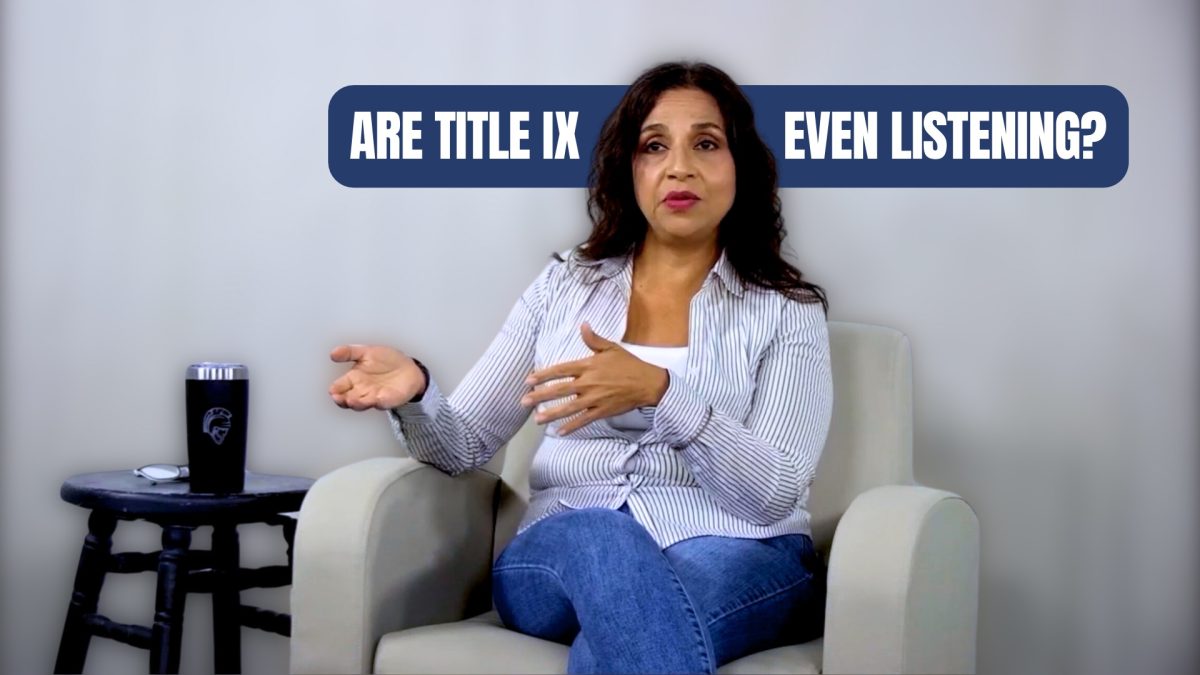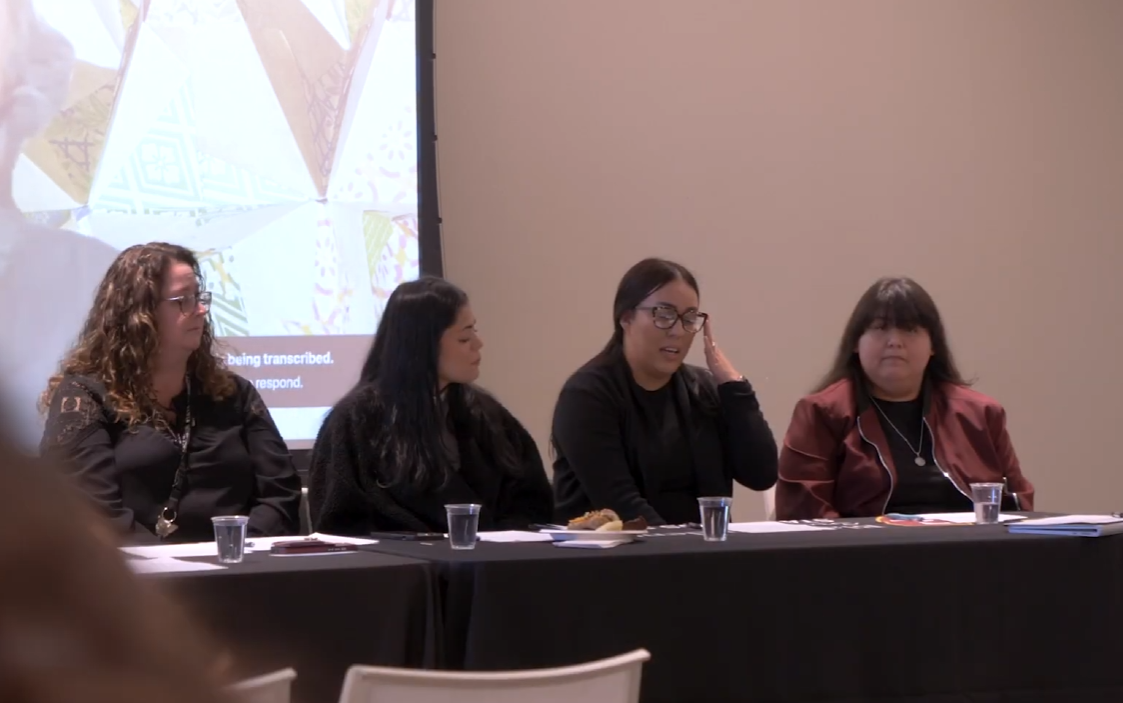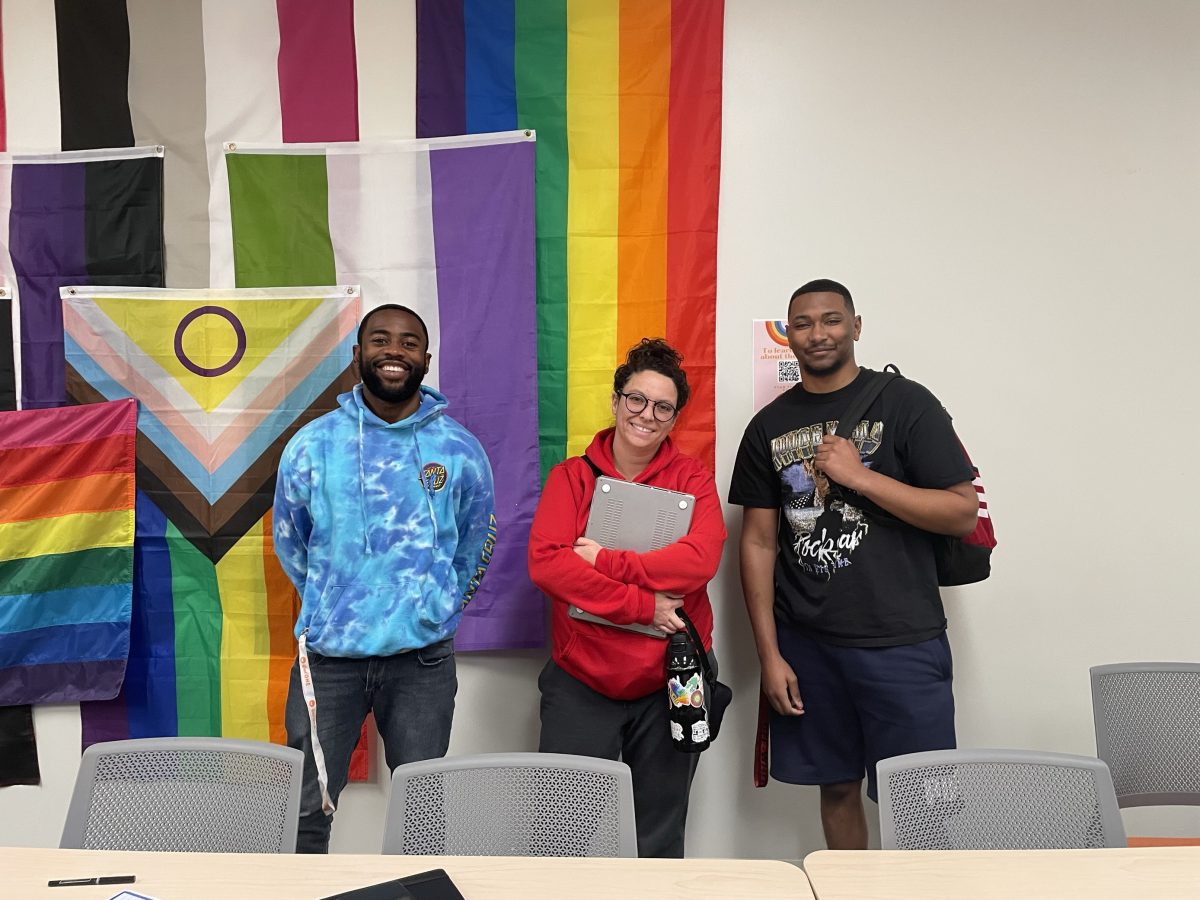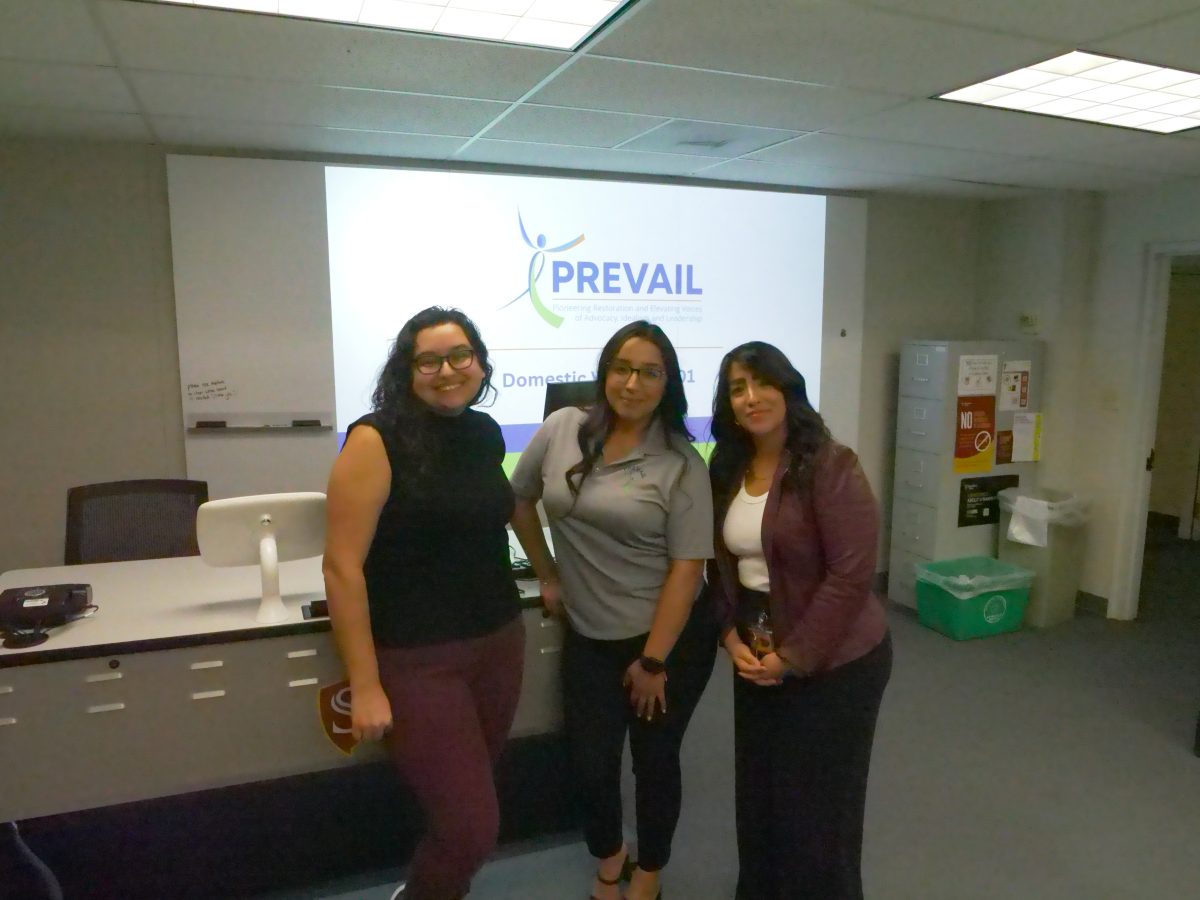Time is ticking to get the vote in as the November 3rd election deadline looms closer. Many Americans have already gone to cast their vote while some are still indecisive or just haven’t gone to vote yet.
Every election year, political scientists speculate as to what the voter turnout is going to look like. Some of the categories they look at that may prove to be critical in a year’s election are how the politics of that time have either encouraged or discouraged the people to vote, how some voters are disenfranchised or affected by socio-economic issues, and a voter’s race or ethnicity, among other factors.
This election year has been quite a contested race with numerous issues coming into play. In this past year alone, the American people have witnessed and undergone so much change.
Due to the effects of the novel coronavirus, the Black Lives Matter protests, the sky rocketing numbers of those filing for unemployment, and the recent rush to appoint a new Supreme Court Justice that could potentially undo the progress made in recent years, advocacy has been at an all time high.
Since the 1990s, we have seen voter turnout for general elections stay near a consistent 60% while midterm elections have stayed near 40%.
The 2018 midterm election had the highest voting turnout since records began, with a total of 49.3%, just a few points shy of 50%. But what caused the numbers to be so high?
According to Dr. Stephen Routh (Political Science professor, Associate Dean of College of Arts & Humanities), “2018 has predictive capacity for 2020.” He emphasized that approval ratings had a lot to do with the high voter turnout in the 2018 midterms. Due to President Trump’s approval ratings being in the low 40s, it “mobilized [voters] to turnout to vote.”
With fear and frustration by people from all walks of life, the movement to get them voting has surely been almost as efficient this year as it was in 2018, and perhaps even more.
Mail-in voting has additionally increased voter turnout as people continue to fear the pandemic. According to the Washington Post, early voter turnout, thanks to mail-in ballots, are more than likely to surpass the record in 2016 for early voter turnout.
“[There’s a] surge of people requesting mail-in ballots [and] that increases the turnout,” says Dr. Routh. “All you have to do is mail it.”
It’s worth mentioning that at this point in time if you still have your ballot, it will be best to drop your ballot off at your nearest drop box. If for some reason you did not get one or would rather vote in person, simply find your nearest polling place.
Despite there being more access to get the vote in, there are still challenges in some states that are preventing citizens from voting. Some of the main reasons why this could be happening, according to Dr. Dean Caivano (Political Science lecturer), are things like the “erosion of the access to vote” as well as “disenfranchisement.” Add the fight with absentee ballots deadlines and mail-in voting, and it’s obvious that there’s a lot of work to be done.
Dr. Caivano reiterated the importance of remembering local elections when deciding whether or not citizens will cast a vote in a general election, or any election for that matter. “…If you’re disenchanted and frustrated with President Trump and Vice President Biden as viable candidates, there’s plenty more on the ballot that will make a difference.”
In local and state elections, there will often be options to prevent disenfranchisement with voting and provide opportunities for more citizens to register. This year, Propositions 17 and 18 have been added to the ballot hoping to ease access to vote and address disenfranchisement in the state of California.
As we are less than a week away from the election, we will see if the country will continue to make history in the area of voter turnout. Let’s wow the political scientists and the history buffs, or even our elders, and make a difference in our communities.

